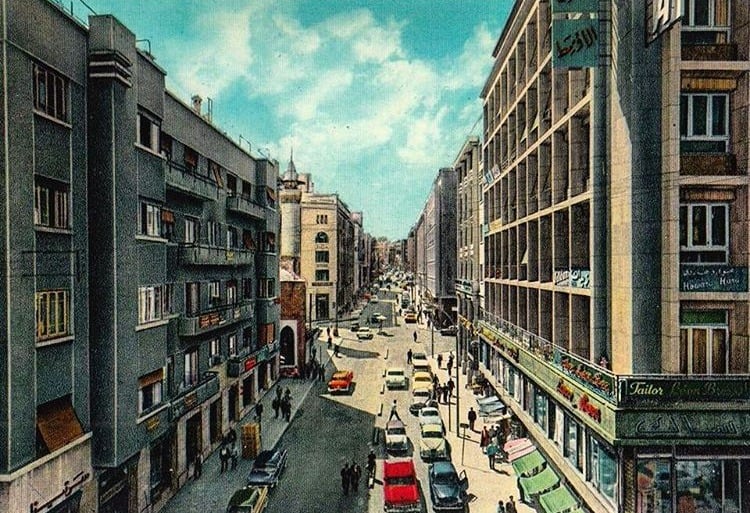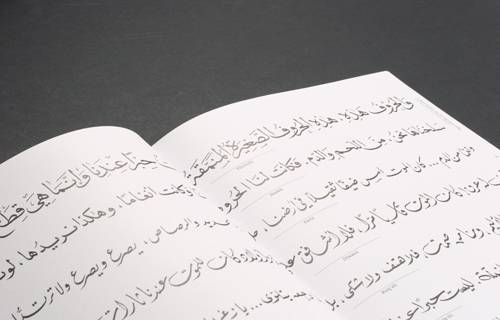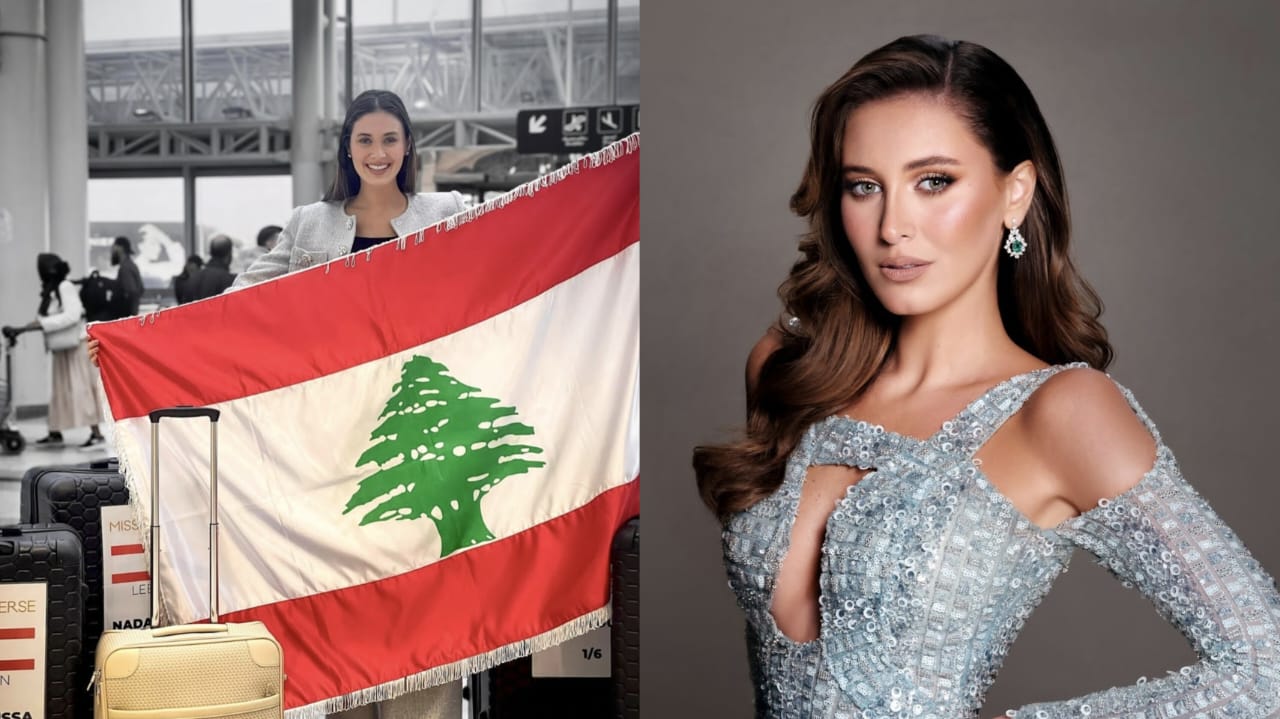Al-Masarif Street: A Beirut Hideout Of Tales And Secrets
One of the most beautiful streets in Beirut carrying the city’s most beautiful memories, the historically rich Al-Masarif Street hides many stories and secrets. Learn all about them in a new episode of “Collective Memory” with Tarek Kawa!
Now, Al Masarif Street is considered to be new, I mean the oldest building currently on the street is the Post Office building, but what was there before?

The building in the above picture is in Riad Al-Solh Square, right next to a large tree. The location of this large tree used to be one of the gates of Beirut’s wall, or the inside of Beirut. At that time, it was called Bab Yaacoub. We will do a special episode about all the gates of Beirut and where their names come from.
The name is associated with two individuals: one is named Yaacoub al-Kesrawani, and the name is also attributed to a doctor or physician named Yaacoub Abla, who is from Saida. They both lived in this house above the gate. The names of these gates were often attributed to places, people, or families such as Bab Idriss.
Let’s go back to Al-Masarif Street. Upon entering Bab Yaacoub, you’ll be led straight to the souk called Souk Al-Kharratin. When you think of Souk Al-Kharratin, the first thing that might come to mind would be iron working, but no, it was actually woodcraft. They used to make household utensils, like wooden mortars, which required woodwork and turning. They also used to make sieves, and the most important thing was they used to make sweet boxes because sweets were sold in wood and were tied with tin or zinc strips.
In addition, one of the most significant markets at the time was Souk Al-Mnajadeen (upholstery market). This market was essential in people’s lives because everything from quilts, pillows, mattresses, and even chairs were quilted and upholstered.
But anyone with allergies should steer clear from this market because clouds of dust always hovered above it. This was because when opening quilts, they used to beat them with an iron bar and they had to separate them because the wool would stick together. The chairs and sofas were fully upholstered before the invention of synthetic foam. Everyone used to bring cotton from another market, the cotton market, which we will talk about at a later time.
Now, imagine the location of the current post office building, imagine there is an alleyway facing it that had a sidewalk. This area was known as Souk Al-Raseef. What was Souk Al-Raseef? Anyone who does not own a store or has something to sell would go there. It was like a flea market or bazaar, where people would place all their things on the pavement and sell them. So if someone is looking for something they can’t find in the stores, they are told to try and find it in Souk Al-Raseef. A little further to the right, before reaching the mosque, there was a hammam (public bath) known as “Hammam Al-Zahariyya.” This hammam was famous for its exceptional beauty. It was elaborately decorated, with colored glass and mosaic walls. It was called Al-Zahariyya because it was built by someone from the Zahaar family.
Of course, these markets and the bath were all demolished in 1914, but let’s go a little forward in time and return to the post office building and Souk Al-Raseef. If we were in the 1960s and entered from this alley, near the Roman baths under the Serail Hill, there was a different type of market. It was a marketplace where they didn’t sell goods, they offered writing services. People who didn’t own typewriters would go to this market to have their documents typed for them.
There were many people assigned to complete this service. In addition to this, there was another service offered where people would write letters for others. There were many illiterate people at that time, so they would go to these individuals and have them write it out for them to send to their children abroad. And when the response letter came back, they would take it back to the writer to be read lest the letter contained secrets that the rest of the family shouldn’t know about.
This area developed later and became a hub for translators, people who sold postage stamps. It also became a center for commercial correspondences.
Join us in a new episode to know more about the hidden stories of Beirut!
عندكن قصص أو أي تعليقات حابين تشاركونا اياها؟ بعتولنا بريد إلكتروني
collective-memory@beirut.com
To join the WhatsApp group that started it all and to tune in to more beautiful Beirut stories, click here
Join Group on WhatsApp
Sharing these stories would not have been possible without the work of following historians and researchers. If not for them and many others, Beirut’s heritage and history would have been lost. A special thanks goes out to:
Louis Cheikho – Taha Al Wali – Nina Jedejian – Hassan Hallak – Suheil Mneimneh – Abdul Lateef Fakhoury – Ziad Itani – Beirut Heritage Society – Ya Beyrouth Page




